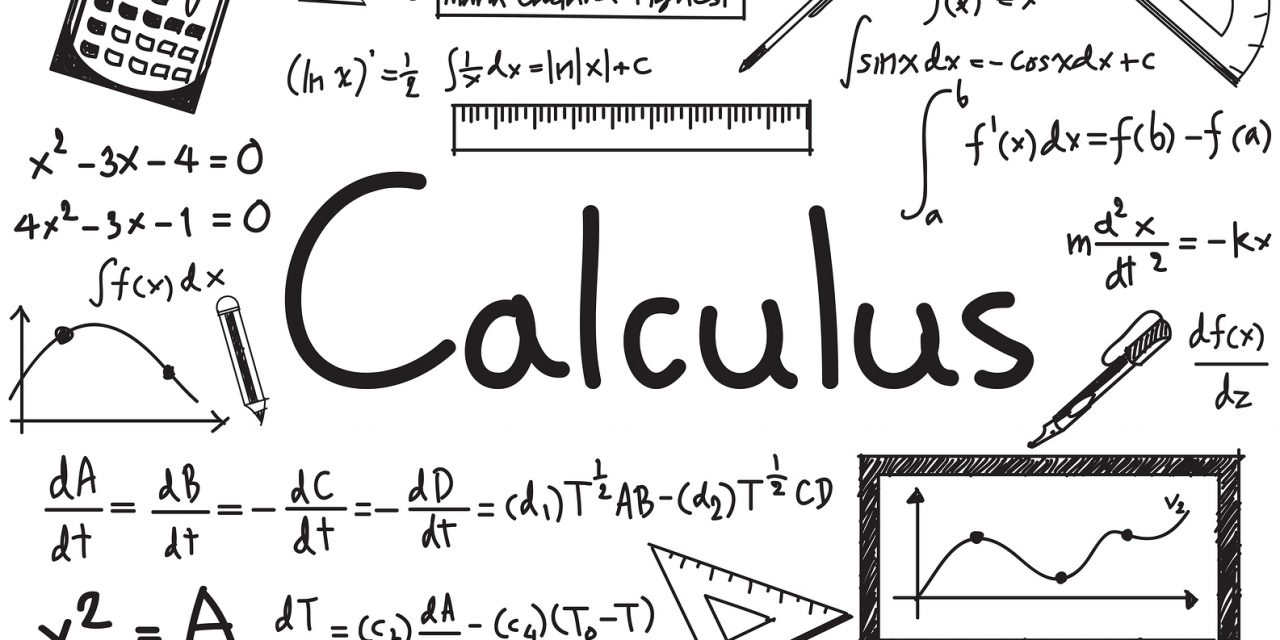General Advice
General Advice |
|
| Every question you have about the subject should be asked, and we will be happy to try to answer it. Don’t let your questions sit around gathering dust, because later portions of the course will make use of what came earlier. The longer you wait, the harder it is to catch up. You learn the subject by solving problems. But we’d like you to do more than get correct answers to the problems. We want you to learn to write mathematics clearly. Remember that you are writing in English about mathematics, and your purpose is to present a readable (as opposed to merely legible) document. Therefore, your mathematical writing should be more than a sequence of calculations, but should consist of complete sentences, in which are embedded the mathematical expressions. (A good way to test whether you have produced a readable document is to try to read it aloud without adding words that are not on the page. If it says what you want to say, you’re ok.)In grading exams in the past, we have thought that students need to understand better what we expect of them. Below are some notes that could be useful for students.In an exam problem, we do not give you a selection of five possible answers and ask you to find the correct answer. We give you a problem, and we ask you to provide a *solution*. Some problems are explicitly “show-that” problems: they ask for an argument, an explanation, a proof. Other problems may simply ask for a computation. But even such problems should be understood as “show-that” problems. We do not want to see an answer alone; we want to see the steps of the computation that lead to the answer. If correctly written, these steps constitute a proof that the answer is correct.Correct answers given with no justification may receive no credit.Correct answers with incorrect justification are only *accidentally* correct; they may receive no credit.
Incorrect answers given with some correct justification may receive partial credit. However, in a long problem, it may happen that you receive no credit for any work done after your first mistake (if you make a mistake). Therefore you should be especially careful in the early steps of a problem. Always check your work, if you have time. Some answers are easy to check. For example, to check the proposed solution to an equation, just substitute into the equation. To check an indefinite integral, just differentiate. In the grading of problems whose answers are easily checked, possibly no partial credit will be given. Write your solutions in the conventional fashion: left to right, top to bottom. Otherwise, the reader cannot tell how to read what you have written, and you may lose credit. Remember, we graders do not have the benefit of watching you write (or of having you stand by to explain what you have written); all we have is the finished product of you writing, and this is what you are graded on. We graders are not mind-readers. It is not our job to *figure out* what you might mean; it is your job to *say* what you mean, in the manner of expression established in lectures and textbooks. It is possible to write down *too much* justification for your answers. How much is enough, and how much is too much? There is no clear answer; you just have to develop a feeling by reading books and observing and questioning instructors. If your solution contains irrelevant information, then the grader may conclude that you do not understand the problem fully, and you may lose credit. Write your symbols clearly. A “3” should not look like a “7”; a “t” should not look like a “+”. Use mathematical symbols correctly. For example, the double-shafted arrow “=>” is a logical symbol meaning “implies”, so that “A => B” means “A implies B”, that is, “If A, then B,” that is, “A is false, or B is true.” Do *not* use this arrow to mean “therefore” or “now read the following”. |
|

